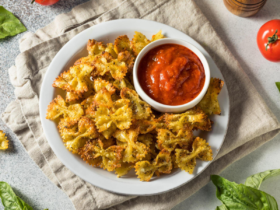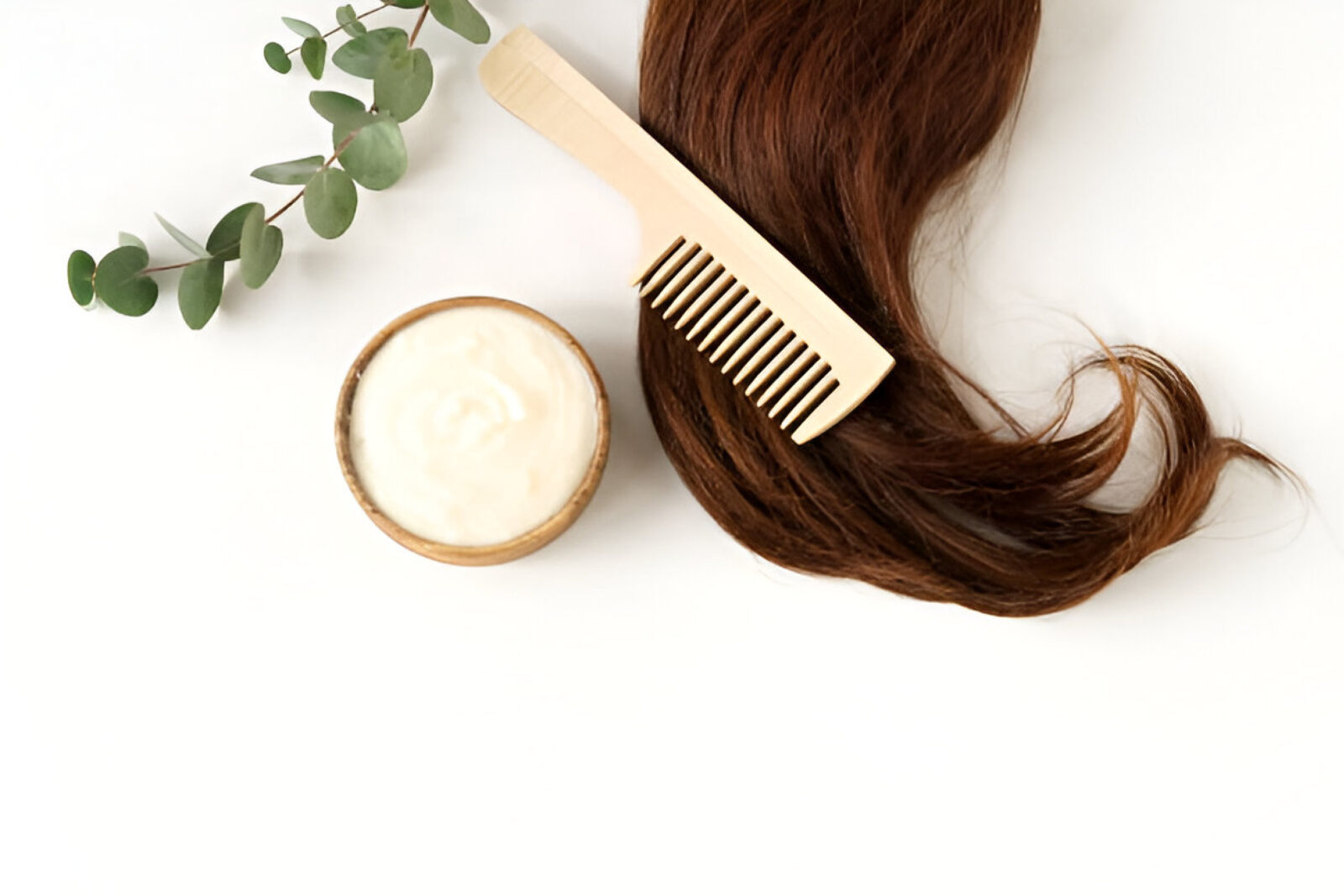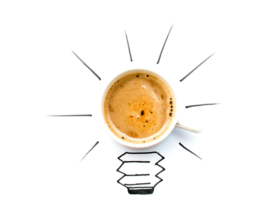Calling all hair chameleons! Tired of the same old boring mane? People have been brewing up some crazy concoctions to achieve epic hair colors, and one method that’s got everyone buzzing is… food coloring! Yep, that stuff you use to turn your cake batter into a rainbow explosion. Sounds too good to be true, right? Super cheap, easy to use, and maybe even kind of good for your hair? Hold your horses (or should we say, unicorns?) Let’s dive into the wacky world of food coloring and hair dye to see if this is a recipe for a mane makeover or a major hair mishap!
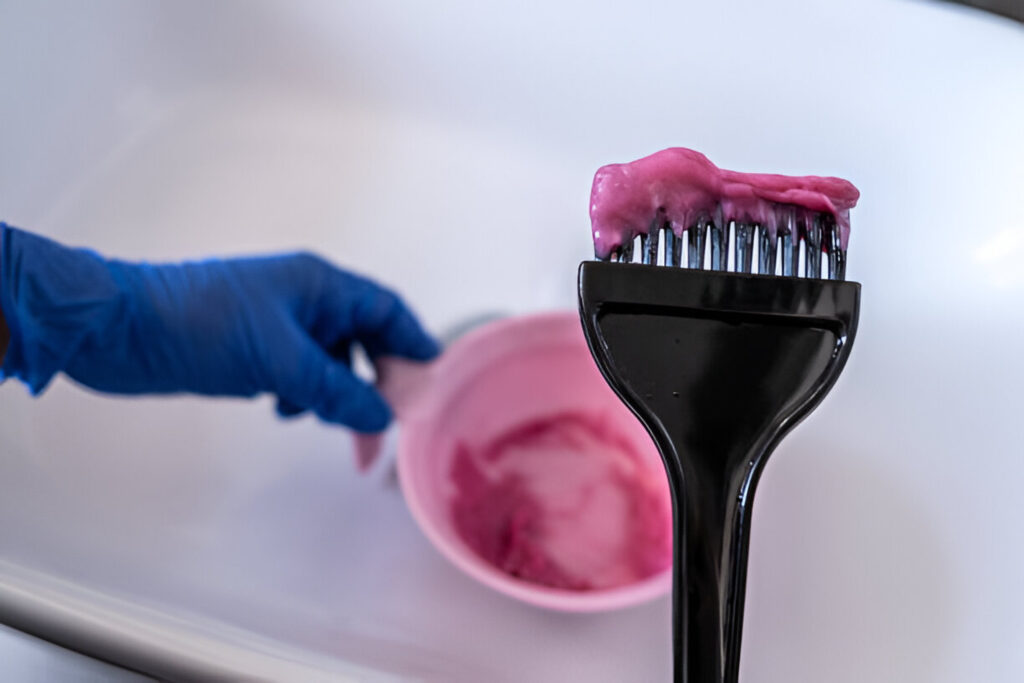
The Basics of Hair Dyeing
To understand whether food coloring can effectively dye hair, it’s important to grasp the basics of hair dyeing. Traditional hair dyes contain a combination of ammonia, peroxide, and colorants. Ammonia opens the hair cuticle, allowing the colorant to penetrate, while peroxide removes the natural color, making room for the new shade. This chemical process ensures that the dye is long-lasting and vibrant.
In contrast, food coloring is primarily made from synthetic dyes and water, designed to impart color to food and beverages. Its formulation lacks the chemical agents necessary to alter the hair’s natural pigment permanently. This fundamental difference raises questions about its efficacy as a hair dye.
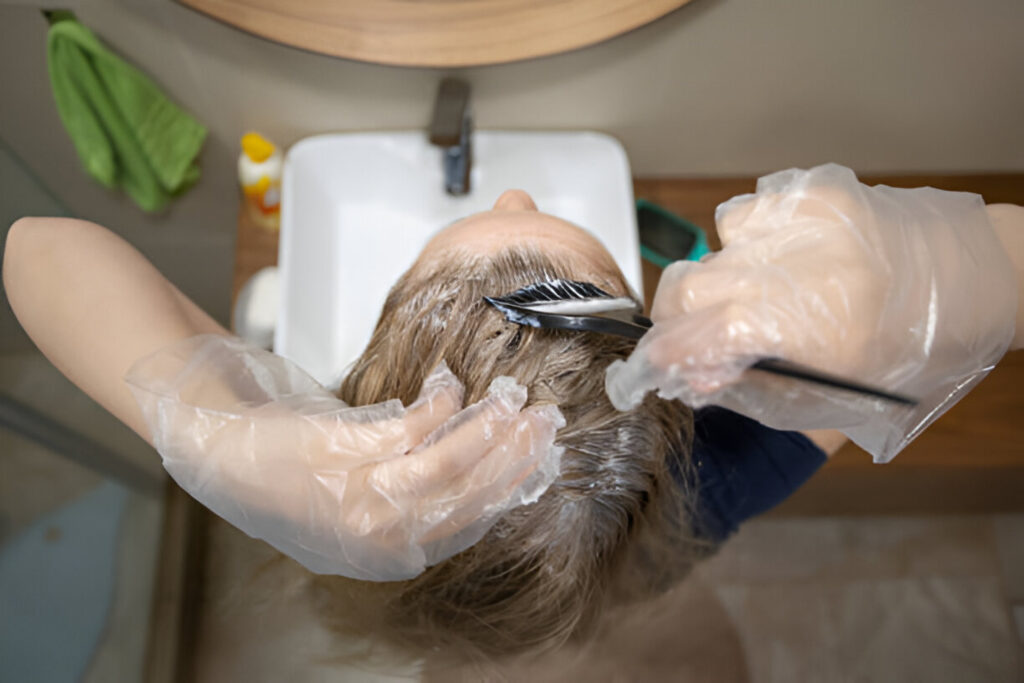
The Process of Dyeing Hair with Food Coloring
Using food-based ingredients to dye hair is a natural and temporary way to experiment with color. Beet juice and carrot juice can give reddish-pink and orangey-red hues, respectively, when mixed with oil or conditioner. Coffee and black tea can create brown shades, while henna offers a permanent reddish-brown. Lemon juice and chamomile tea lighten hair with sun exposure. Sage darkens hair, red cabbage water gives purple or blue tones, and boiled walnut shells provide a dark brown shade. These natural options allow for vibrant, temporary hair colors.

- Preparation: Start with clean, dry hair. Food coloring can stain skin and clothes, so wear gloves and cover your clothing with an old towel or cape.
- Mixing: In a bowl, mix the food coloring with a carrier, such as conditioner or a water-based gel. The amount of food coloring depends on the desired intensity of the color. Generally, a few drops are sufficient for a pastel shade, while more drops are needed for a deeper color.
- Application: Section your hair and apply the mixture evenly from roots to tips using a brush or your fingers.
- Processing: Allow the mixture to sit on your hair for at least 30 minutes. For more intense results, you can leave it on for up to an hour. Covering your hair with a shower cap can prevent drying and help the color penetrate better.
- Rinsing: Rinse your hair with cold water until the water runs clear. Avoid using shampoo immediately after rinsing, as this can strip away some of the color.
The Results and Longevity
The effectiveness of food coloring as a hair dye largely depends on several factors, including your hair’s natural color, porosity, and condition. Here’s what you can generally expect:
- Color Intensity: Food coloring works best on light or pre-bleached hair. On darker hair, the color may be less noticeable or require multiple applications to achieve a visible change.
- Longevity: Unlike traditional dyes, the color from food coloring is not permanent. It typically lasts for a few washes before fading away completely. The longevity can be extended slightly by using sulfate-free shampoos and avoiding excessive washing.
- Hair Health: Since food coloring does not contain harsh chemicals, it is generally considered safe for the hair and less likely to cause damage. However, frequent use may lead to dryness, so it’s important to follow up with conditioning treatments.
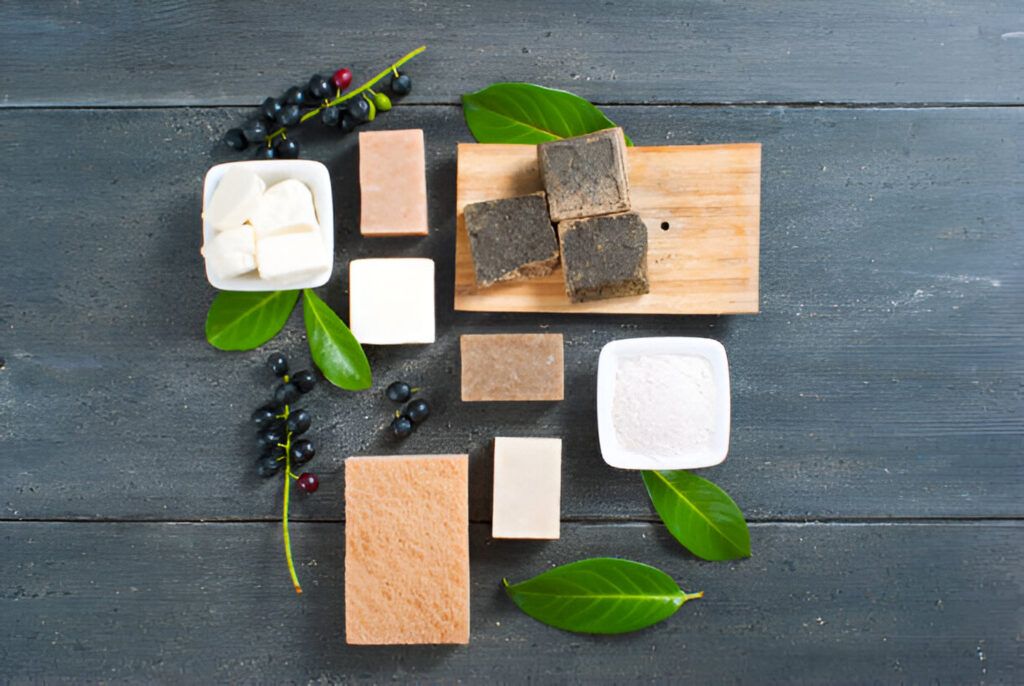
Advantages and Disadvantages
Using food coloring to dye hair has its pros and cons, which should be carefully considered before deciding to try it.
Advantages
- Non-Toxic: Food coloring is generally safe and non-toxic, making it a good option for those who are sensitive to traditional hair dyes or want to avoid harsh chemicals.
- Cost-Effective: It’s an affordable alternative, as food coloring is inexpensive and readily available.
- Temporary: Ideal for those who want to experiment with different colors without committing to a permanent change.
- Creative Flexibility: Allows for mixing and customizing colors easily.
Disadvantages
- Limited Effectiveness on Dark Hair: The color payoff is significantly better on light hair, which can be a limitation for those with darker hair.
- Temporary Results: The color fades quickly, requiring frequent reapplication.
- Potential Dryness: Although less damaging than chemical dyes, it can still cause dryness with repeated use.
- Staining: Food coloring can stain the skin, nails, and clothes, so careful application is necessary.
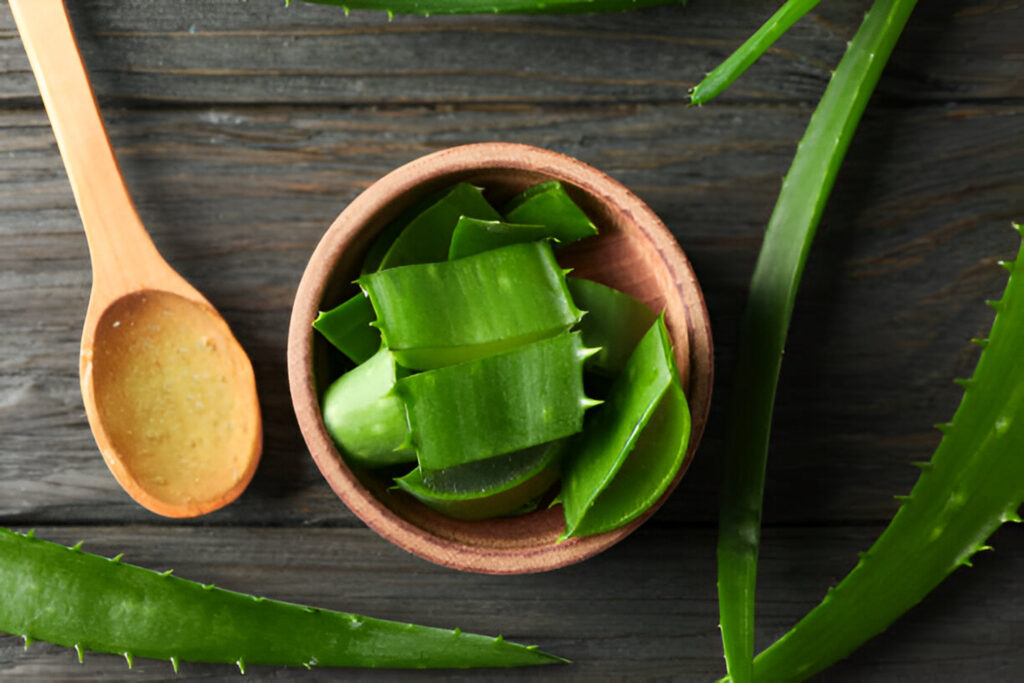
Tips for Better Results
If you decide to experiment with food coloring for hair dyeing, here are some tips to enhance your experience:
- Pre-Lighten Hair: For more vibrant results, consider lightening your hair with a bleach kit before applying food coloring.
- Strand Test: Always perform a strand test before applying the color to your entire head. This helps you gauge the color outcome and avoid any unexpected results.
- Conditioning: Follow up with a deep conditioning treatment to keep your hair healthy and moisturized.
- Avoid Heat: Minimize the use of heat styling tools, as they can cause the color to fade faster.
While food coloring can be a fun and temporary way to experiment with hair color, it’s not a substitute for traditional hair dyes if you’re looking for long-lasting, vibrant results. Its effectiveness varies based on your hair type and color, and it requires frequent reapplication to maintain the color. However, for those seeking a safe, non-toxic, and cost-effective way to play with different hair colors, food coloring offers an exciting and creative alternative.
In summary, food coloring can indeed dye hair, but with limitations. It’s a fantastic option for temporary, low-commitment color changes and offers a unique way to express your creativity. Whether you’re preparing for a special event or just want to try something new, using food coloring can add a splash of fun to your hair routine.




